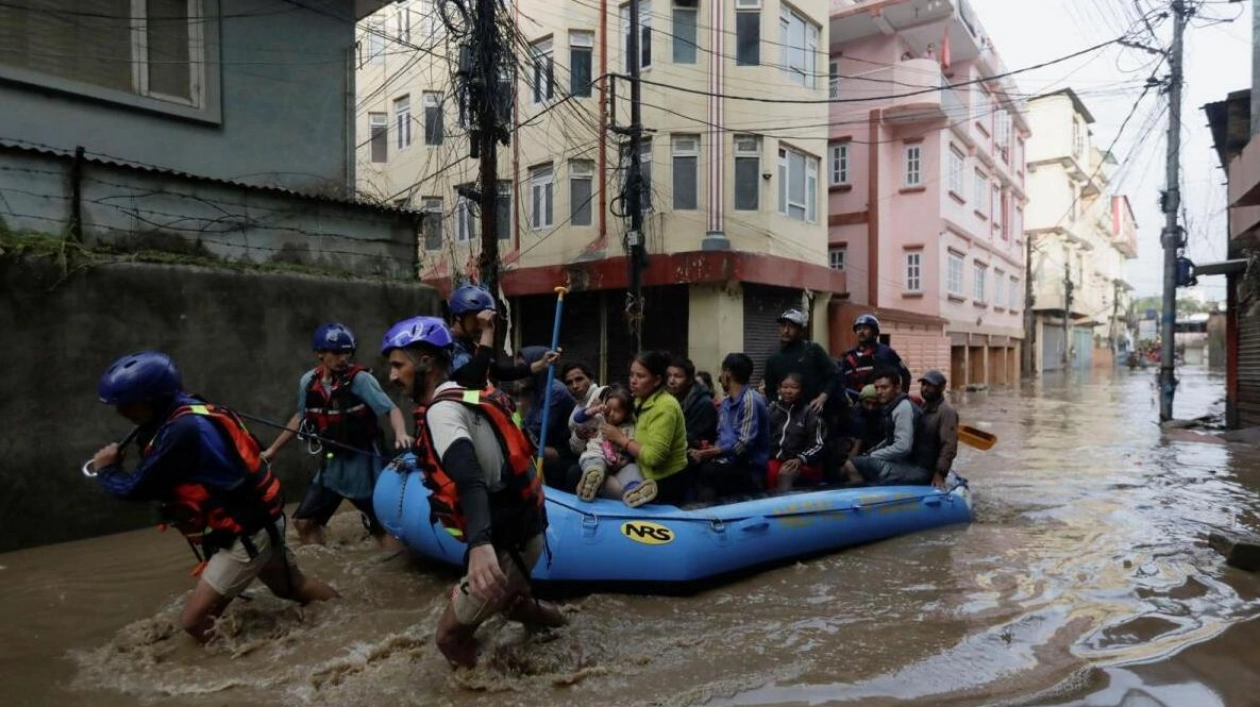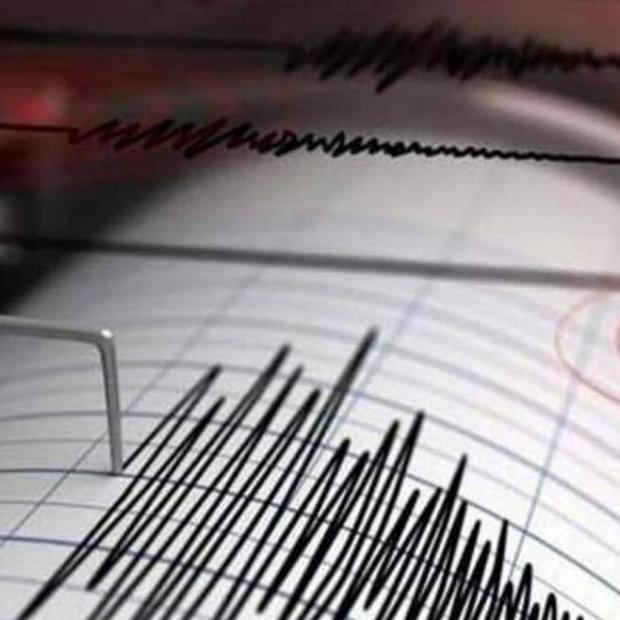The catastrophic series of floods, landslides, and inundations has escalated the death toll to 112 in Nepal over the past 24 hours, according to data from the Armed Police Force (APF) and the Nepal Police as of Sunday.
Furthermore, 68 individuals remain unaccounted for, with an additional 100 injured in the calamity. As reported by the APF and Nepal Police, by Sunday morning, 34 fatalities were recorded in Kavrepalanchowk, 20 in Lalitpur, 15 in Dhading, 12 in Kathmandu, seven in Makwanpur, four in Sindhupalchowk, three in Dolakha, and five each in Panchthar and Bhaktapur districts. Additionally, two deaths each were reported in Dhankuta and Solukhumbu, and one each in Ramchhap, Mahottari, and Sunsari districts.
Nepal Home Minister Ramesh Lekhak stated that the recent heavy rainfall has inflicted significant damage across the Kathmandu Valley. The Nepal Army, Armed Police Force, and Nepal Police have been actively engaged in search and rescue operations nationwide. "Due to the widespread heavy rainfall, we are gathering data on the induced damages; a meeting of the disaster command post has also been convened. Extensive damage to lives and properties has been documented across the nation. The recent rainfall has severely impacted the Kathmandu Valley. The Nepal Army, Armed Police Force, and Nepal Police are conducting search and rescue operations nationwide," Lekhak informed reporters on Saturday.
On Saturday, Kathmandu experienced its highest rainfall in 54 years, recording 323 millimeters within 24 hours. Since Thursday evening, Nepal has been grappling with heavy rains influenced by water vapor from the Bay of Bengal and a low-pressure system in the region, leading to a humanitarian crisis.
The National Disaster Risk Reduction Management Authority (NDRRMA) issued warnings for 56 out of 77 districts about potential disasters due to the rains, urging caution. Nepal, home to nine of the ten highest peaks in the world, has already seen above-average rainfall this year, affecting 1.8 million people. The NDRRMA also estimated that 412,000 households would be impacted by monsoon-related disasters.
The monsoon season in Nepal typically begins around June 13 and ends around September, but this year it is expected to extend until late October. This year, monsoon clouds entered Nepal from the western region on June 10, three days ahead of the usual onset date. Last year, the monsoon started on June 14, a day after the normal onset day. The monsoon, which accounts for around 80% of the country's annual rainfall, usually lasts 105 days but has been extending in recent years.
According to the Meteorological Office, as of Friday morning, the country had received 1,586.3 millimeters of rainfall since the monsoon began on June 10. Typically, Nepal receives an average of 1,472 millimeters of rainfall during the four months of June, July, August, and September. Last year, the country experienced only 1,303 millimeters of rainfall during the season.






